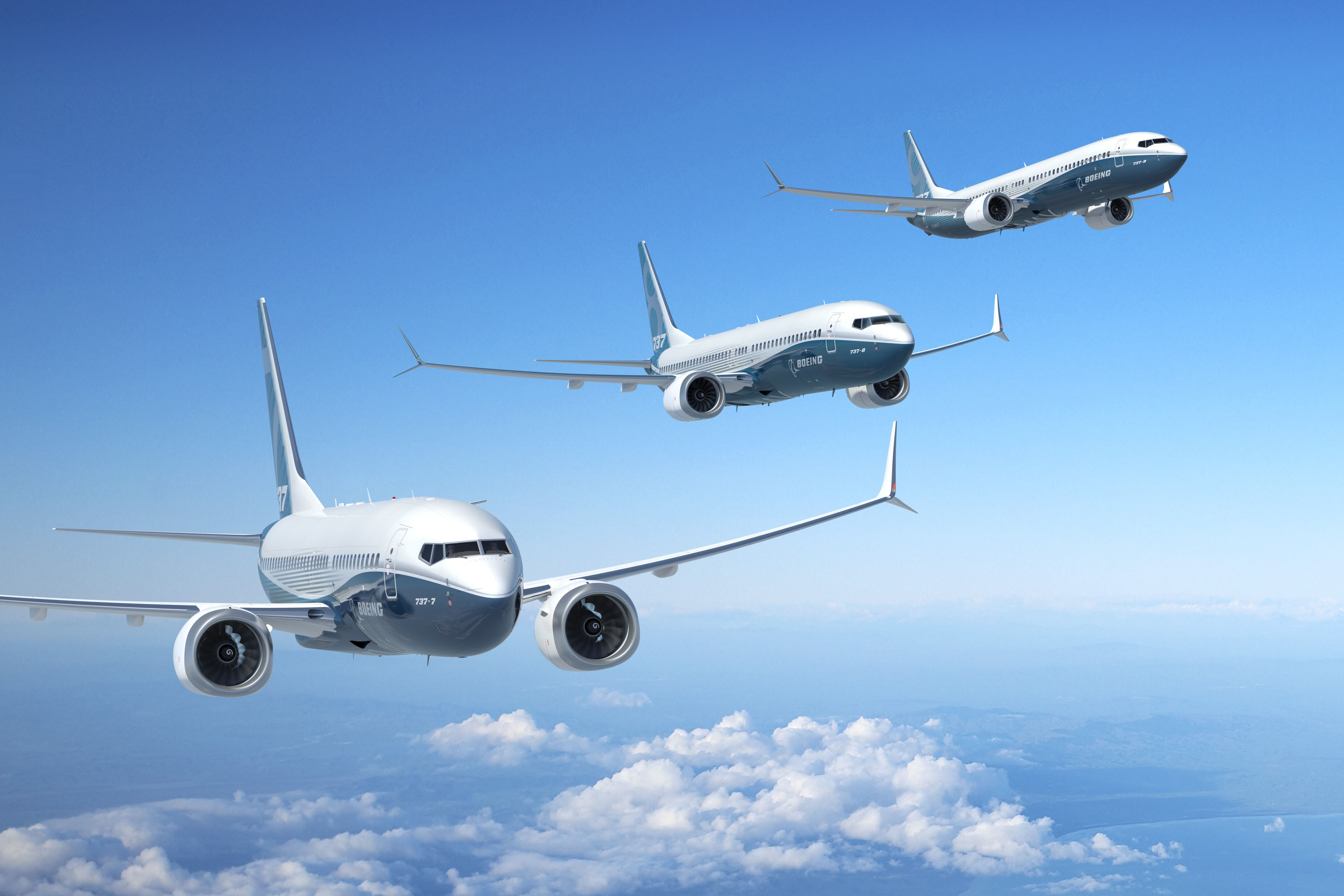
The order applies to the 737-700, -700C, -800, -900ER and the three versions of the still-to-be-built 737 MAX products, the -7, -8 and -9. Earlier models of the plane are not included because only the later models are more widely connected to external networks which, the FAA said, “may allow the exploitation of network security vulnerabilities resulting in intentional or unintentional destruction, disruption, degradation, or exploitation of data, systems and networks critical to the safety and maintenance of the airplane.”
According to a report at USA Today, Boeing has been ordered to “ensure that the airplanes’ electronic systems are protected from access by unauthorized sources external to the plane, including those possibly caused by maintenance activity.”
Boeing has delivered more than 10,700 737s and currently has nearly 3,900 unfilled orders on its books for the short-to-medium range jet that can carry from 120 to 220 passengers in the eight variations of the plane that are currently available.
Beginning with the 737-600, Boeing designated the aircraft as Next Generation 737s.The most popular is the 737-800, which can carry up to 189 passengers and have a range of about 3,500 miles at a cruising speed of 590 miles per hour. The 737-800 has a list price of $91 million.
Southwest Airlines Co. (NYSE: LUV) flies the 737 exclusively and currently has 595 of the planes in active service. Of those, 458 are 737-700s and 737-800s. Since Southwest’s founding in 1967, it has had a total of 804 737s in service.
Delta Air Lines Co. (NYSE: DAL) has 104 of Boeing’s 737s in service, all Next Generation models, and United Continental Holdings Inc. (NYSE: UAL) has 270 of the Next Generation 737s in service, the most of any aircraft in its fleet. American Airlines Group Inc. (NASDAQ: AAL) has 12 737-400s and 235 737-800s in its total fleet of 978 aircraft.
ALSO READ: Why a Boeing 777 Costs $320 Million
The Next Generation 737s are powered by a pair of CFM56-7BE engines that were introduced in 2009 by CFM International, a joint venture between General Electric Co. (NYSE: GE) and French engine maker Snecma. Combined with improvements to the 737’s airframe, an aircraft equipped with the new engines enjoys a 2% reduction in fuel consumption.
The plane’s flight deck includes technologies showing the current and predicted flight path of the aircraft and potential conflicts with the terrain, as well as a heads-up display to provide flight and safety information at eye level.
The price range for the 737 aircraft starts at $76 million for a 737-700 and climbs to $110 million for a 737 MAX 9. Compared with the competitive A320 models from Boeing’s chief rival, Airbus, the 737-700 costs $4 million more than the A318, the 737-800 costs $5 million more than the A319 and the 737-900ER costs $2 million more than the A320.
The 737 MAX family is scheduled to begin deliveries in 2017, and more than 2,000 orders have already been taken for the planes. Using an even newer CFM engine, the 737 MAX is expected to reduce both fuel consumption and carbon emissions. The more fuel-efficient engines are also expected to increase the new plane’s range to about 4,150 miles.
More and better computing technology, new and more fuel-efficient engines, and improvements in materials and construction all combine to push up the cost of new designs. The $110 million cost for the largest of the new 737 MAX family is still just over a third the cost of the wide-body Boeing 777, which costs $320 million.
And the next generation of the 777, the 777X is expected to go into service in 2020. The 777-9X, which can carry up to 400 passengers, now carries a list price of $377.2 million. In general, as a plane’s capacity rises, so do its costs. Airlines try to offset rising prices by stuffing a few more seats in the cabin and, of course, thinking up new fees to charge passengers.
Boeing and Airbus will slug it out in the market for the 737- and A320-class planes. It is the largest part of the market, and the most important to both companies.
ALSO READ: Why a Boeing 747-8 Costs $357 Million
Take This Retirement Quiz To Get Matched With An Advisor Now (Sponsored)
Are you ready for retirement? Planning for retirement can be overwhelming, that’s why it could be a good idea to speak to a fiduciary financial advisor about your goals today.
Start by taking this retirement quiz right here from SmartAsset that will match you with up to 3 financial advisors that serve your area and beyond in 5 minutes. Smart Asset is now matching over 50,000 people a month.
Click here now to get started.
Thank you for reading! Have some feedback for us?
Contact the 24/7 Wall St. editorial team.